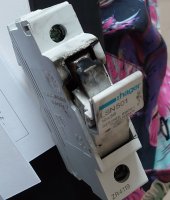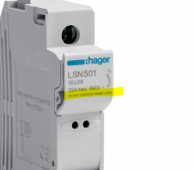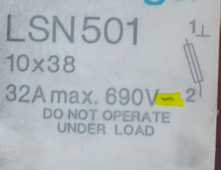EliteSolar
New Member
- Joined
- Sep 22, 2020
- Messages
- 90
My inverter is EASUN SMG II.. it is supposed to be able to run batteryless with a PV voltage above 200V. The input mppt is 150 to 450 volt.
I checked continuity between the pv inputs on AIO and its fine.
Ofcourse I didnt connect the pv modules to the battery inputs or the battery to pv input.
I have batteries on hand and the AiO works fine with the batteries.
Link to inverter
https://easunpower.com/products/eas...vdc-input-batteryless-support-with-wifi-pllug
link to panel
I checked continuity between the pv inputs on AIO and its fine.
Ofcourse I didnt connect the pv modules to the battery inputs or the battery to pv input.
I have batteries on hand and the AiO works fine with the batteries.
Link to inverter
https://easunpower.com/products/eas...vdc-input-batteryless-support-with-wifi-pllug
link to panel





